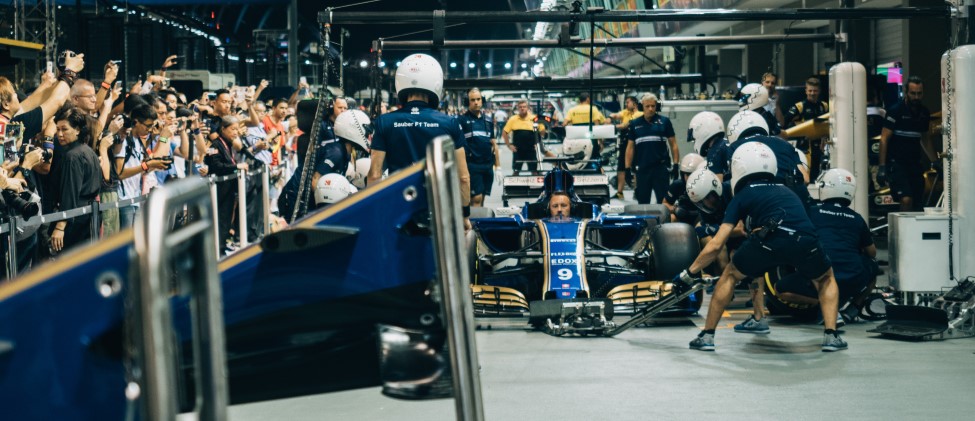
What’s better than having a high performer on your team? Having a team of high performers.
As most leaders learn sooner or later, there is only so much you can do yourself. For your organisation to thrive and achieve its full potential, you need the support of a team with a clear vision and a shared commitment to doing excellent work.
While a high-performance mindset is something that each person needs to embrace individually, you can create an environment where this pursuit of excellence can take root and flourish.
Setting the tone for high performance
To create a high-performance culture within your team, you need to set the right tone. Here are a few strategies to help you do this:
Encourage training and development. Learning and continuous improvement sit at the heart of every high-performance team. As team leader, you can encourage a learning mindset by making training and development a real priority (and not simply a token annual development day). This means, for example, allocating resources to bring in external trainers, sending team members on courses and investing in new technologies.
Tip: Seek input from your team about training that they feel would help them do their jobs better. They may have better insight than you into where they would benefit most from skills development.
Foster open communication. A high-performing team requires transparency and trust. These are important prerequisites for sharing knowledge and enabling challenging conversations about weaknesses and areas for improvement. As team leader, you can facilitate this by keeping everyone well informed, guiding your team toward constructive discussions, and listening objectively when others share their ideas and criticisms with you.
Tip: Make proactive sharing of concerns an established part of every week, or perhaps even every meeting, with each team member asked in turn to voice their thoughts. This will make it clear that everyone’s input is both valued and expected while also reducing the risk of problems festering unaddressed.
Support experimentation and risk-taking. Succeeding in the business world often requires bold moves and creative leaps. That’s why it’s no surprise that many of the biggest successes are built on the back of previous failures. As team leader, you can help your team perform at their best by impressing on them that trying, failing and learning from their mistakes is preferable to never trying in the first place.
Tip: Take the stigma out of failure by having open and non-judgemental discussions about projects that don’t pan out as planned. Just as you might gather the team to celebrate a big win, you can take a similar approach with failures – except in this case it’s an opportunity to learn from what went wrong and rally the team to pull together for better outcomes with the next project.

Unleash your team’s potential
For your organisation to perform at its best, you need to empower your team. This requires creating a high-performance environment in which everyone has the tools, support and inspiration to do their best work.
Being a leader is not about being the best, but rather bringing out the best in others. By encouraging continuous improvement, open communication and experimentation, you can create the conditions in which your team can perform at its peak.